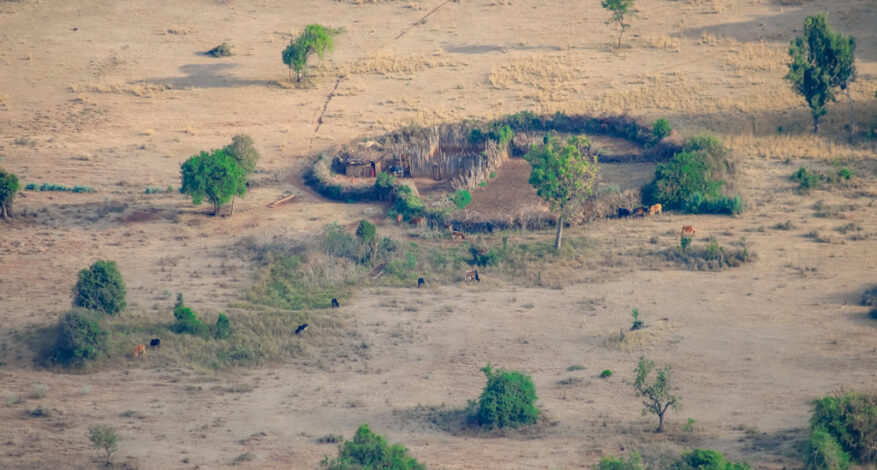What Impact is Climate Change having in Kenya
Widespread warming has been observed over Kenya since 1960. There is little precipitation data available for Kenya, but there is some limited evidence for decreasing precipitation between 1960 and 2003, the period for which some data is available.
Climate scientists use complex computer simulation models to predict what the likely effect of rising global average temperatures might be on specific regions. It is very hard to predict accurately as there are lots of factors that can influence climate and local weather, but these studies can help to provide some indication of future trends.
General trends predicted in Kenya
• Decreased yields of the most important staple crops, maize and beans.
• Increased food security problems over the next 40 years.
• Future water availability is uncertain:
• There may be increased rainfall in the rainy season leading to flooding.
• Some models predict an increase in summer rainfall across East Africa as a whole and others predict a decrease in summer rainfall in Kenya particularly.
Climate impacts on the environment
Climate change in Kenya and across East Africa has led to more frequent droughts. These have caused wild animals, such as lions and elephants, to wander further in search of water and food. Lions have then come into conflict with humans when they kill sheep and goats in the villages near the national parks.Elephants have also been known to trample food crops when searching for food and water.
Climate impacts on society
Climate change is affecting the traditional way of life of some of the semi-nomadic tribes in Kenya, such as the Maasai and Samburu. These people keep livestock, such as cattle, goats, sheep and camels. During the dry season the Maasai and Samburu men take the animals away from the homestead in search of fresh pasture. Climate change has caused the dry season to begin earlier and extend longer than usual, meaning the men and animals are away from home for even longer periods of time. This makes it harder for the women and children left behind to feed themselves with the animals gone.
Climate impacts on the economy
If climate change endangers wildlife it could damage Kenya’s tourist industry, since wildlife safaris are a major part of country’s appeal for many tourists. On a local scale, reduced yields of staple crops, such as maize and beans will damage the local economy. When farmers cannot produce any surplus crops to sell they cannot afford to buy other provisions, such as clothes, food or fuel and so other small businesses will suffer too.

